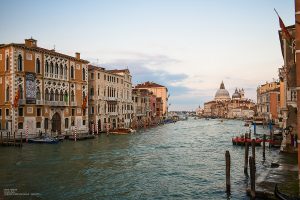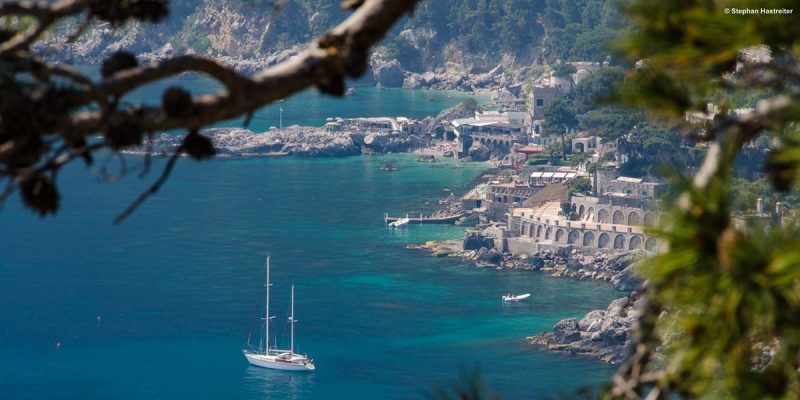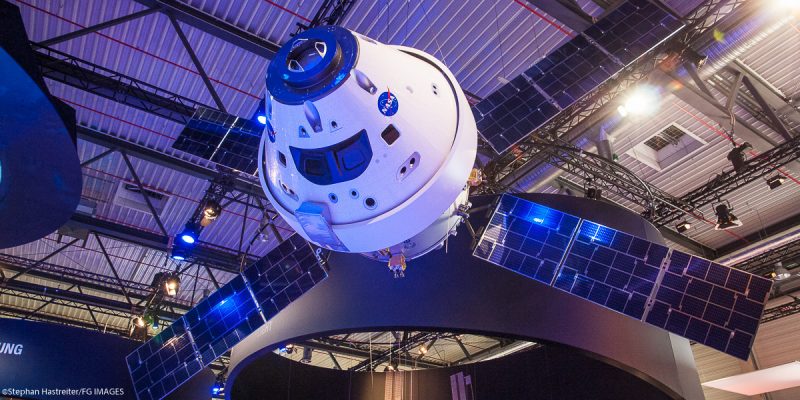Since 1973, the Volvo Ocean Race has provided the ultimate test of a team and a human adventure like no other. Over four decades it has kept an almost mythical hold over some of the greatest ever sailors – and the 2017-18 edition will take the teams 45,000 nautical miles around the world, across four oceans, touching six continents and 12 landmark Host Cities.

The Volvo Ocean Race is often described as the longest and toughest professional sporting event in the world, sailing’s toughest team challenge and one of the sport’s Big Three events, alongside the Olympics and America’s Cup.
To truly understand the race, though, it’s better to think of it in a way the athletes who take part will recognise immediately. Put simply, the Volvo Ocean Race is an obsession, and many of the world’s best sailors have dedicated years, even decades of their lives trying to win it.
Take Sir Peter Blake, who competed in the first edition of what was then the Whitbread Round the World Race in 1973-74 and came back again and again until he finally conquered his Everest, securing an overwhelming victory with Steinlager 2 in 1989-90. Only then was he able to fully turn his attention to other projects.
The Volvo Ocean Race has been creating legends since 1973

A total of 324 sailors took part in the first edition – all of them pioneers – and since then, thousands more have shown courage, sacrifice and skill to write their names in the history of the race.
The race sits, just as it always has, at the intersection of human adventure, and world-class competition. Thanks to the work of the Onboard Reporters embedded with every team, fans are given a unique insight into just what it takes to win a race that is relentless in its demands – as teams give everything they have, 24 hours a day, in pursuit of the tiny advantages that can make all the difference.

Because make no mistake – the competition is fierce. In the current era of One Design racing, the only way to win is by sailing harder, and smarter, than your competitors. The race is won out on the water; not in the design phase.
There is no prize money for the winners, but seeing your name etched into one of the silver rings of the Volvo Ocean Race Trophy is a prize beyond compare for sailors who grew up with dreams of emulating the legends of the race – heroic figures who dedicated their professional lives to chasing victory – people like Blake, Éric Tabarly, Conny van Rietschoten, Grant Dalton, Paul Cayard, Ian Walker.
The race’s concept is simple: it’s a round-the-clock pursuit of competitive edge and the ultimate ocean marathon, pitting the sport’s best sailors against each other across the world’s toughest waters.
Racing one-design Volvo Ocean 65s, the world’s best professional ocean racers drive themselves to out-work and out-perform their competition around the globe.

It’s relentless: the importance of winning, the adventure of life on board, the transformative effect on the sailors — all of these combine to give the race its power and depth.
In 2017-18, there is a renewed emphasis on the Southern Ocean and a new set of rules too – incentivising mixed crews of male and female sailors and more strategic innovation out on the racecourse.
A total of 2.4 million people visited the Race Villages in the last edition, to get a first-hand taste of the race. Millions more followed the action on our digital platforms and this time fans will be able to get even closer in person and online, with a newly imagined pit lane experience at the Host Cities and more live updates from the boat than ever.
After 12 editions and half a million miles, racing resumed again on October 22 when the teams set sail from our home port of Alicante and will conclude in The Hague in June 2018.
Join the Volvo Ocean Race 2017/18

VOLVO OCEAN RACE
A RACE OF SUPERLATIVES!













